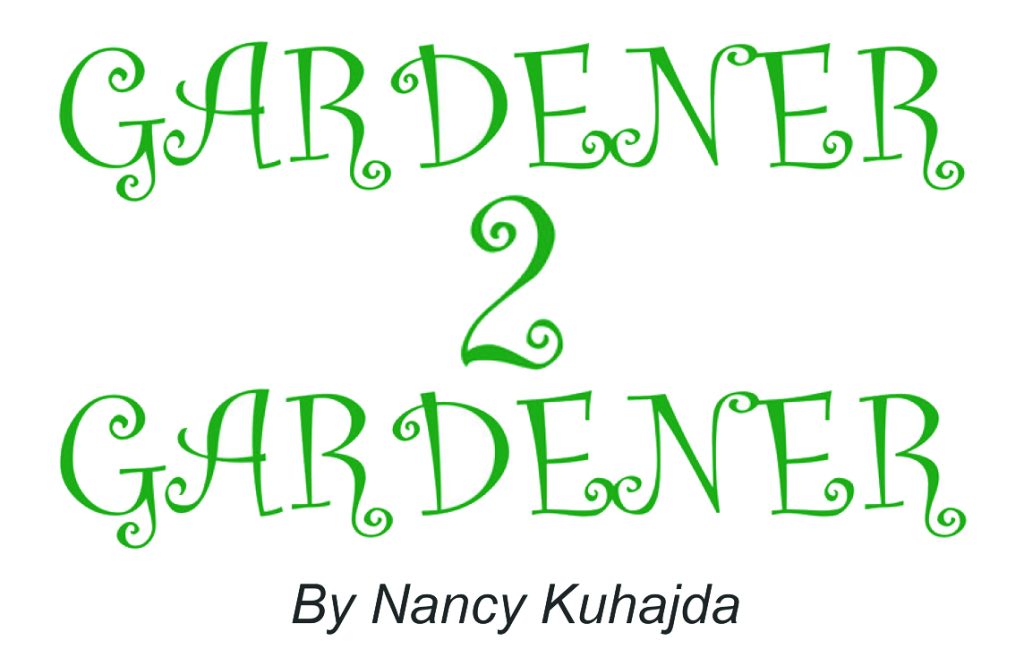Getting the garden ready for wildlife … the ones you want, and the ones you don’t


Butterflies have easy access to nectar on flowers that are daisy-like.
Spring is just around the corner. We really couldn’t tell by the thermometer. It felt mostly like mi- fall or early spring this entire mild Will County weather.
But so many garden and nature folks mark the harbinger of spring when our early migratory birds start showing up at our feeders and in our yards. Red wing blackbirds were the first reports I heard, followed by robins. Many birders reported that this year it was record early sightings of the Eastern bluebirds.
But then there are also the wildlife spring sightings that might not be to your liking. There might be the smell of skunk under your deck as they look for a cozy place to rear their soon-to-be-born kits (baby skunks). Or what about those starlings decimating your suet feeders. Or worse, those hawks eyeing up your birdfeeders as though they are the all-you-can-eat bird buffet — which they are.
It is true: If you plant it (well, put out the feeders), they will come — the birds you want, and the birds who eat birds.
I always tell people — when they complain about the wildlife they attract, but don’t want — there is no selective invitation you can send out just to attract your favorite feathered friends. Come one, come all if your landscape has attractive habitats and food. You might have a cabin in Wisconsin or Michigan that you use as a summer home. Wildlife does, too. But it is you who are paying the bills.
There are some unavoidable facts. Hawks are bird of prey. It would be nice if we could direct them to the mice only, but we can’t. To keep hawks at bay from your feeders, block their view and easy access by putting feeders near plant material. Little birds can also take refuge in the nearby shrubs.
I can’t believe how many times I have to tell people, there are no plants that have flowers that only attract hummingbirds and butterflies, and not bees. Heck, it is because of bees that we even have seeds to grow blooming plants. All plants (with the exception of ferns which make spores) bloom.
When people mention that they have someone who is highly allergic to bees/wasps, they’ll ask for plant recommendations. They don’t have to concrete their entire landscape to avoid bees at flower, but select plants that are either easy to remove flowers from or have minimal flower production. Plants like hosta, coleus, boxwood, dogwood are some choices.

Hummingbird feeder with aunt guards and bee moat.
For those who want to attract our pollinators yes, bees (and wasps, too), perennials are great, but they are limited in the time spent in flower (a few are repeat bloomers that give you longer bloom, therefore pollen availability). But make sure to add annuals to your list. For hummingbirds, flowers with tubular structures fit that long bill with the split tongue, diving in to lap up all that precious nectar.
For butterflies, think of a big jet coming in for a landing at Midway or O’Hare. Butterflies like a landing pad to navigate those big wings. Think of flowers structured like a daisy (Compositae family), a nice, broad, flat landing strip for butterflies to glide in on. Then the center of the flower (actually flowers), the center of flowers like daisies, echinacea, sunflowers, black eyed susans have many individual flowers in their center disc, think of that as the nectar bar where butterflies can extend their long hose-like tongue to sip up all that nectar. The ray flowers (the petals) offer the landing area where their legs can grip for a firm hold.
As for attracting hummingbirds, many people complain about the number of ants and bees/wasps that are also attracted to the sweet sugar water in hummingbird feeders. There are little devices called ant moats that create a barrier to prevent ants from overrunning your feeder.
For many ants, your hummingbird feeder also becomes the morgue when they get too much of a good thing, and you find them floating (and contaminating) your nectar. Always remember to change nectar frequently to avoid bacteria and fungi from poisoning the hummers.
There are also little screen-like devices called bee guards you can apply to the ports. Bees, even those long tongued bees, are prevented from accessing nectar when bee screens are used as they create a further distance that only the hummingbirds long tongue can access.
As far as wildlife, the pelted variety, it might seem cute to see baby racoons (called cubs) frolicking in your back yard, but not when momma sets up her nursery in your uncapped chimney. Exclusion for the wildlife you don’t want is the best answer. Use hardware cloth buried 4 inches below soil and then bent out into an “L” shape and then back fill. This will prevent wildlife from finding their new summer home.
If wildlife falls into your uncovered window well, don’t panic. Don’t try to harm it (most of our wildlife are protected animals anyway), just use common sense. Remember that hissing opossum is simply scared.
Put a piece of lumber or a tree branch in the window well so the panicked visitor can get out and away. Maybe they will tell their friends of your kindness, but also to stay away from visiting your yard.
